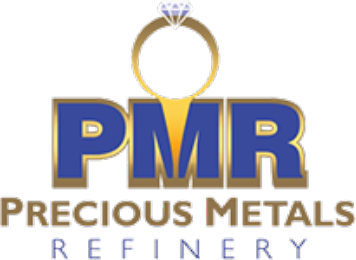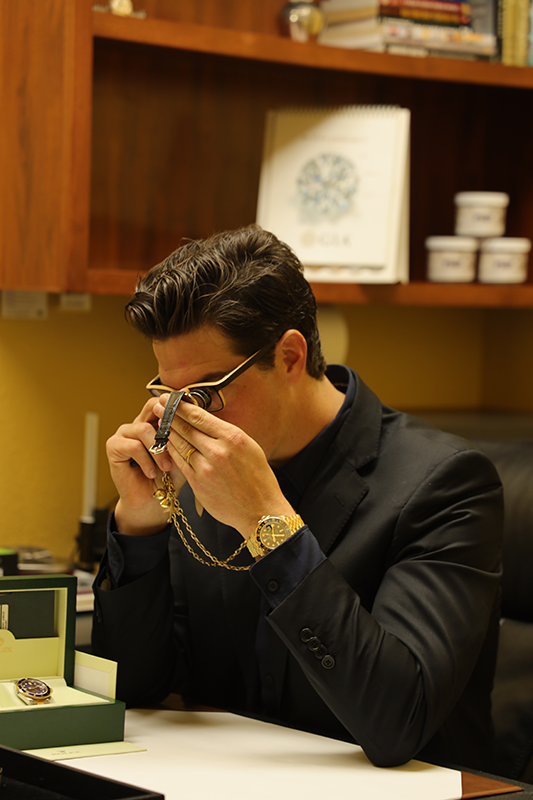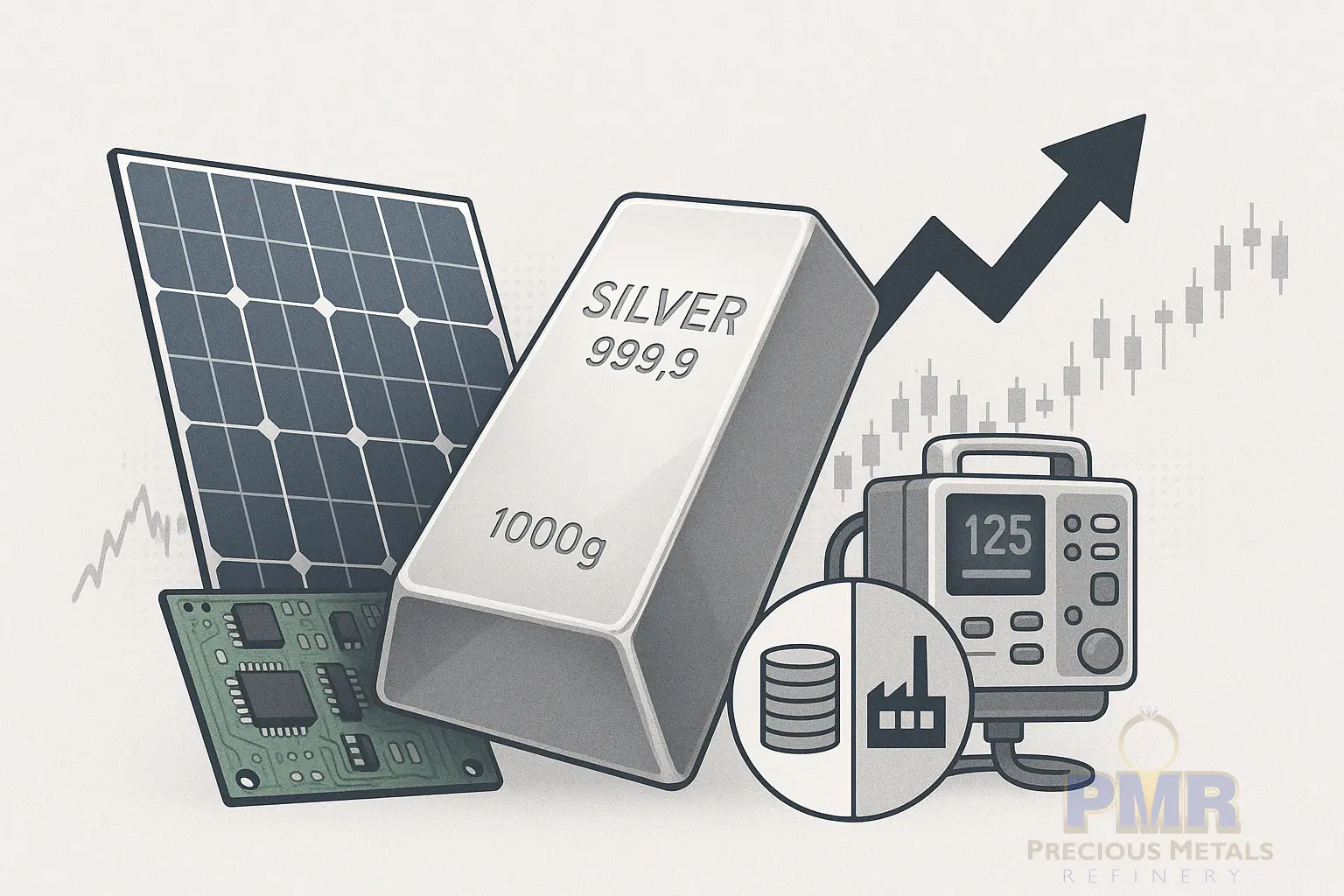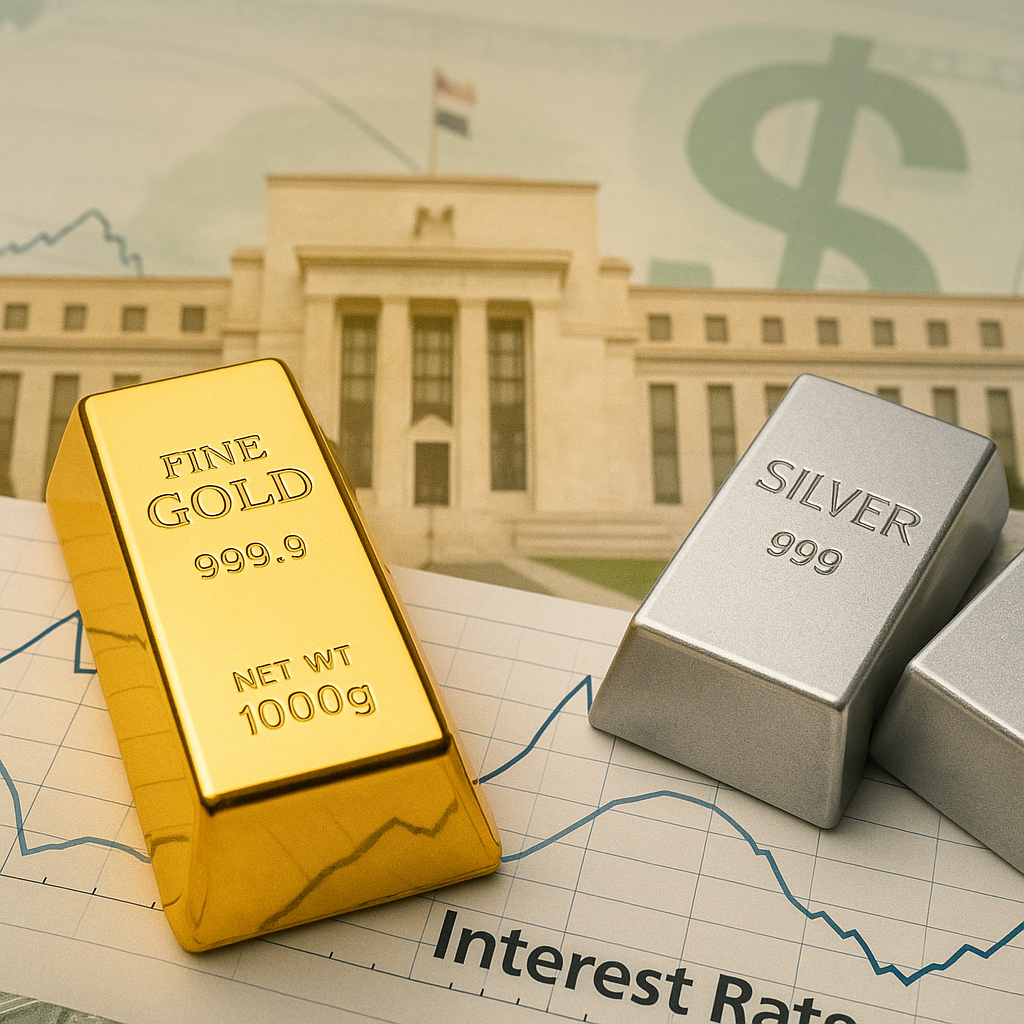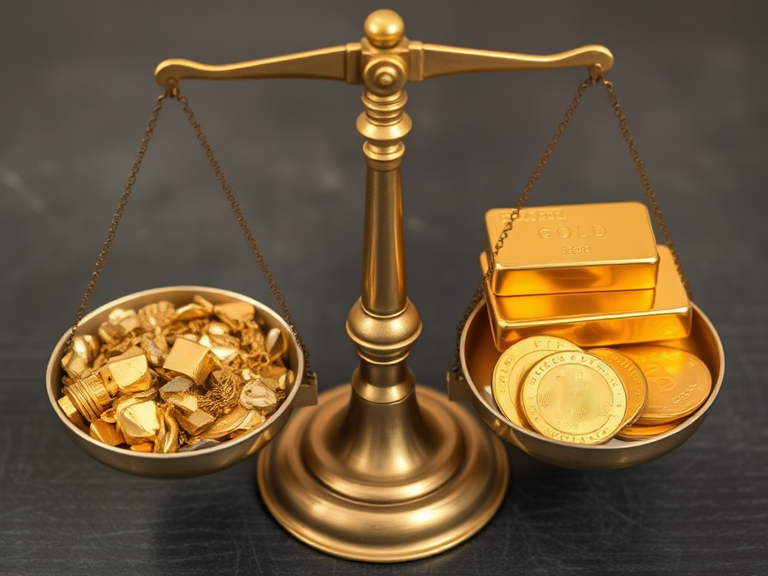Understanding the value of your jewelry can get quite overwhelming, especially with all the possible terminology that may arise. Many people describe it as “value,” “retail,” or “insurance appraisal,” but all these terms mean something different in describing your jewelry’s value. By understanding these terms and the important role of an appraiser-a trained professional who scrutinizes and determines the value of your jewelry-we at Precious Metals Refinery want to help you more completely understand what your jewelry is worth if you decide to sell it.
Value: The Actual Worth of Materials
The intrinsic value of the materials that your jewelry is comprised of refers to the current market prices of metals, gemstones, and other material compositions that are found in your piece of jewelry. Value is determined by purely physical attributes and the materials inside the piece, without sentimental value, labor, or marketing costs. Sentimental value has, however, much to do with something that means a great deal to you personally, such as emotional attachment to your jewelry. For example, if a piece of jewelry comes down as a family heirloom, the sentimental value will have a greater bearing on the personal value than its material value.
For example, a gold ring would be appraised with regard to the weight and purity of the contained gold and to the carat, clarity, color, and cut of the diamond. The value then shifts according to market conditions for both the precious metal and the gemstones. In times of economic uncertainty, the price for gold may go up while that of gemstones drops due to shifting preferences among people. For instance, earth-mined diamond values have substantially reduced with the availability of cultured diamonds in the market. Similarly, the value of any one piece of jewelry may increase based on its design or historic value that is in demand but only one item exists.
Retail: The Purchase Price
Retail price is what a consumer would pay to buy the jewelry from a store. This price is often way higher than what the actual material value would be because it includes extra costs for the following:
- Labor: The workmanship and time that go into creating a particular piece of jewelry..
- Overhead: Store operation, rent, utilities, and other business expenses..
- Marketing: Advertising, branding, and promotional efforts.
- Profit Margin: The markup that ensures the store makes a profit.
For these and other reasons, retail prices can be as high as 5 to 10 times the actual material value of the merchandise in question. More specifically, a necklace whose raw materials cost $200 could easily retail for over $1,000.
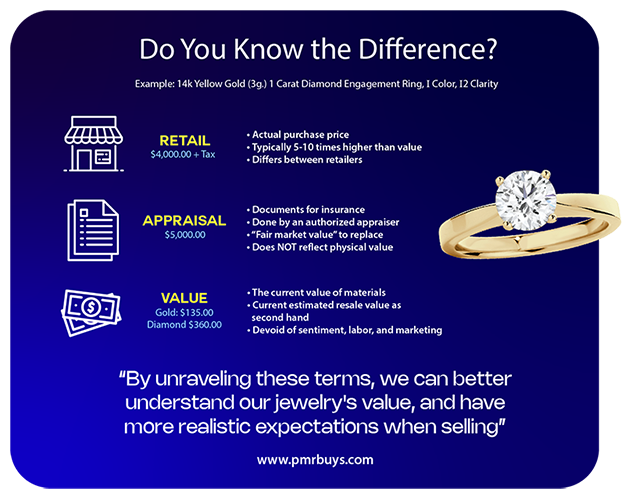
Insurance Appraisal: Replacement Cost
An appraisal in insurance is a document given by a licensed appraiser that estimates the replacement cost in a similar item at current retail prices. This mainly gets used for insurance purposes to make sure that the insurance company, upon loss or theft, will be able to compensate the policyholder with sufficient funds to replace the item.
The values of insurance appraisals are generally higher than those of retail and material because they need to include the highest possible retail replacement cost. In that respect, bear in mind such a figure often tends to be inflated in nature in order to cope with several potential expenses, thereby returning comprehensive coverage.
Why the Differences Matter
These are important differences to realize when selling your jewelry. An appraiser may have appraised your jewelry at $1,500 for insurance; that doesn’t mean that you will be able to sell that piece of jewelry for that amount. The real value of the materials can be so, so much lower. This means that when you go to sell your jewelry, you need to be aware of what the actual material value is involved with your item and not some appraised value so you can rest assured you will be getting a fair price.
Let’s break that down with a real-life example; say you buy a 14k yellow gold engagement ring with a 1ct round diamond with average color and clarity for $4000 plus tax, and an expert appraises it for $5000 for insurance purposes:
- Gold: At an approximate weight of 3 grams, 14k yellow gold is currently worth less than $150, even though gold is at an all-time high.
- Diamond: A 1-carat round diamond with I color and I2 clarity would retail for about $2000; however, its wholesale value is $360. The value of diamonds has tanked since the emergence of lab-grown diamonds.
Well, that diamond ring, it cost you almost $4500 after taxes. It’s really worth a little over $500. That’s just how it goes with retail pricing. When you sell jewelry to a company like ours, we actually buy it based on the intrinsic value, meaning the worth of its component parts-the metals and gems, for example-without all the extra prices factoring in for retail or insurance appraisals. We then buy it at a lower cost so we can make a profit.
This differentiation presents a very objective process that creates reasonable expectations by all parties. Understanding the differences among value, retail, and insurance appraisals will provide you with the confidence to make informed decisions regarding your jewelry, whether you are selling, insuring, or buying it.
Whether you have questions or need an appraisal for your jewelry, come visit one of our PMR locations. Our experts will guide you through the intricacies of the valuation process and ensure you feel comfortable, valued, and cared for. If you want to sell gold, we’re here to offer you the most for your jewelry with transparency and expertise.
